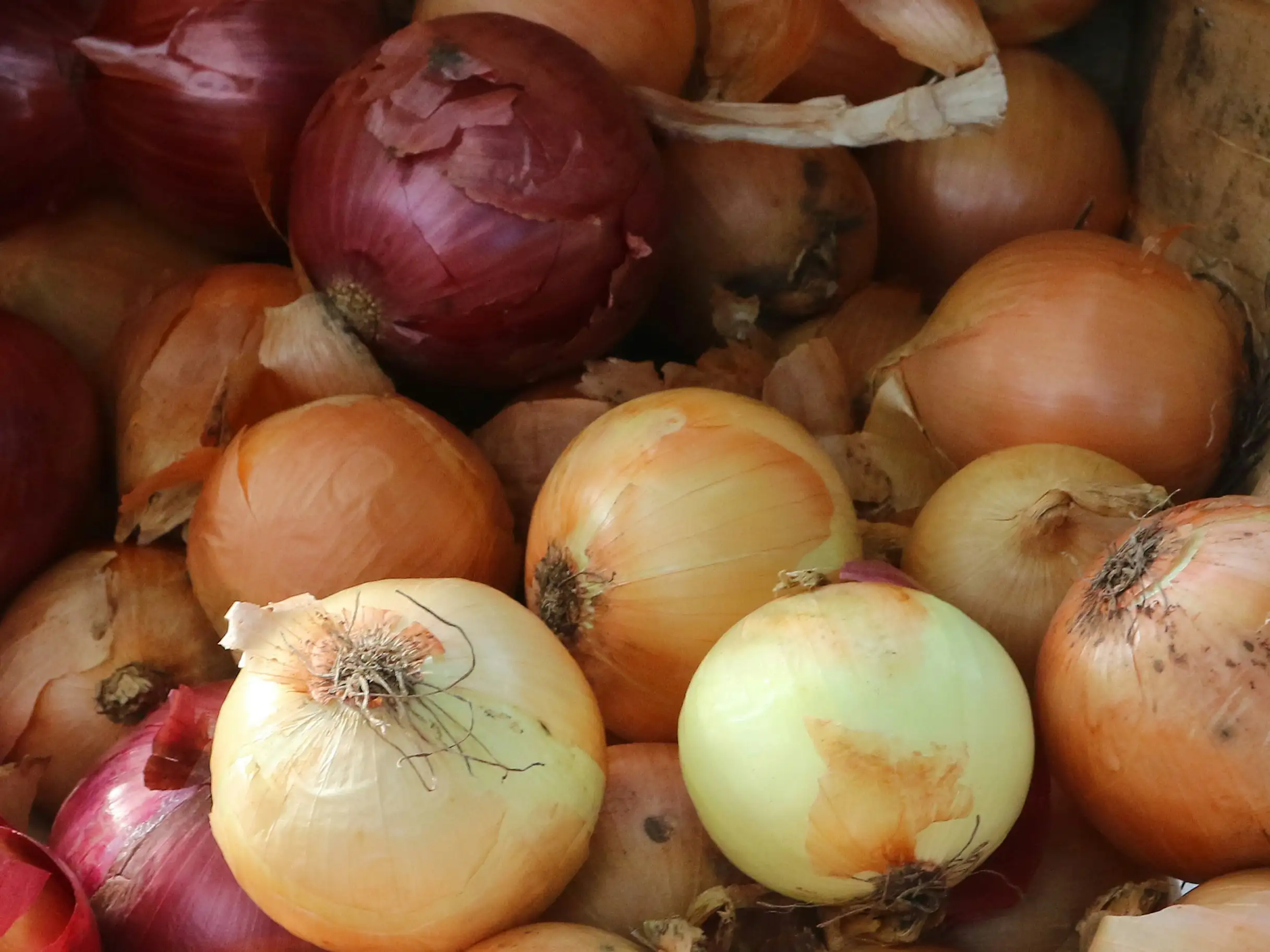ASPARAGUS
Asparagus is a perennial vegetable which means it crops year after year from the same plant, and can do so for 20 years or more. Growing it is easy with good preparation and patience. For a family of four, 25 crowns will produce 4-6 spears per person every day in the picking season.
At a glance;
- Permanent position in the garden
- Warm sunny site
- Free draining soil enriched with organic matter
- Quality plants from your local garden centre
- Protect from early frosts
- Patience to wait at least 2 years for a crop.

Selecting the site
Select a permanent position that receives full day sun. Make sure the site is free of all perennial weeds, including grasses.
The soil
Prepare a bed of deep, free draining soil, enriched with plenty of organic matter (ican Premium Compost, mushroom compost, seaweed), and lime. Prior to planting, dig in a generous amount of ican Real Blood & Bone. If drainage is a problem, prepare and plant into raised beds.
When to plant
New asparagus plants (crowns) are available in garden centres from late winter. The best time to plant asparagus is when the soil temperatures rise in the spring. In the North Island, mid-September to October, and in the South Island from early October. Planting any earlier may result in death of the plants due to wet cold soils or frost damage.
How to plant
Your new asparagus plants are a crown from which shoots will grow and to which long fleshy roots attach. To plant them, create a 15cm wide trench, 7-8cm deep in the prepared soil. Place the crowns 45cm apart with the roots spread out star fashion (this can be tricky), then replace the soil, covering the crowns 6-8cm deep. If you are planting more than one row, allow 60-80cm between rows. The first new shoots will need protection from frost.
Feeding
Feed the plants in autumn with ican General Garden Food 60g per m2, and in spring apply a dressing of sulphate of ammonia 60g per m2, to boost production.
Watering
Asparagus is a drought tolerant plant (from the Mediterranean) but will benefit from regular watering during establishment and cropping if the soil is dry.
Weeding
Keep on top of weeds. Hand weeding is best as asparagus roots grow close to the surface. Mulching with weed-free straw helps block weeds and makes it easier to pull out those that grow. It also maintains healthy soil structure.
Harvesting
Allow the first year of spears to grow into ferny leaves which will feed and strengthen the crown for future cropping.
If the crowns grow well in the second year, spears greater than 15mm diameter can be picked in spring, but only for 10-14 days. This is a bonus harvest. Normally, plants would be left for two years after planting to develop a strong root system.
The first harvest season usually lasts for 3-5 weeks. Year 4 after planting, harvest for 6-8 weeks. Year 5 onwards, harvest for 8-10 weeks. Cut the spears at 15-20cm long with a sharp knife at ground level.
After care
Stop harvesting when the spears get thinner than 10mm and no later than early December. Allow these spears to grow to fern. This growth will replenish the crowns for the next cropping season.
When the ferny foliage yellows in autumn it can be trimmed down to about 5cm above the soil. After trimming, add more compost and mulch to the bed.




